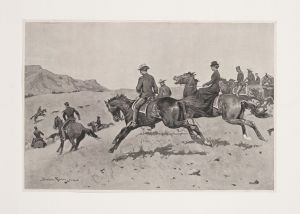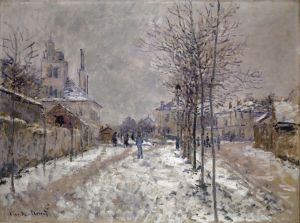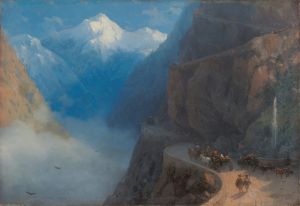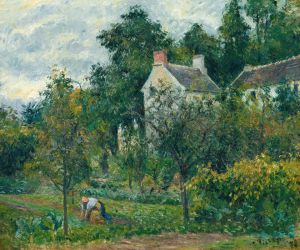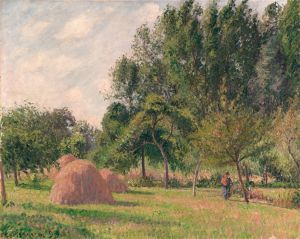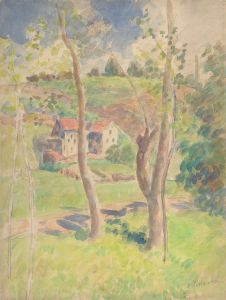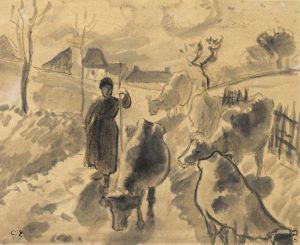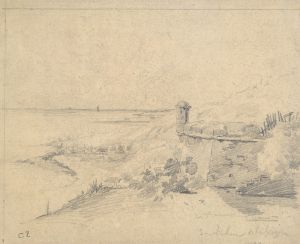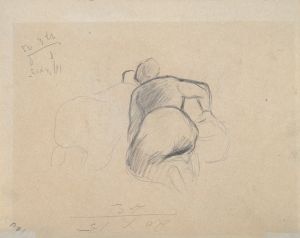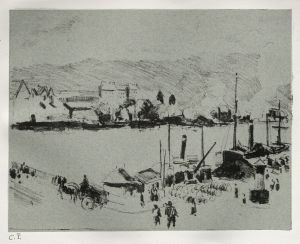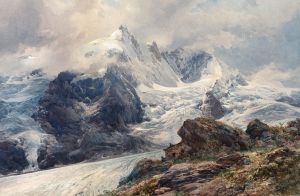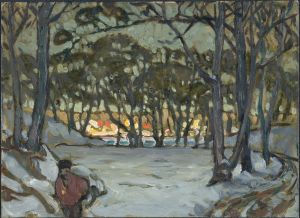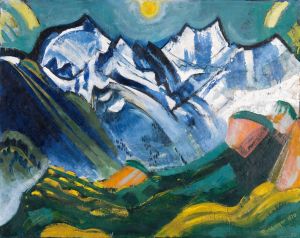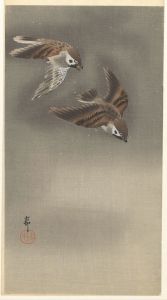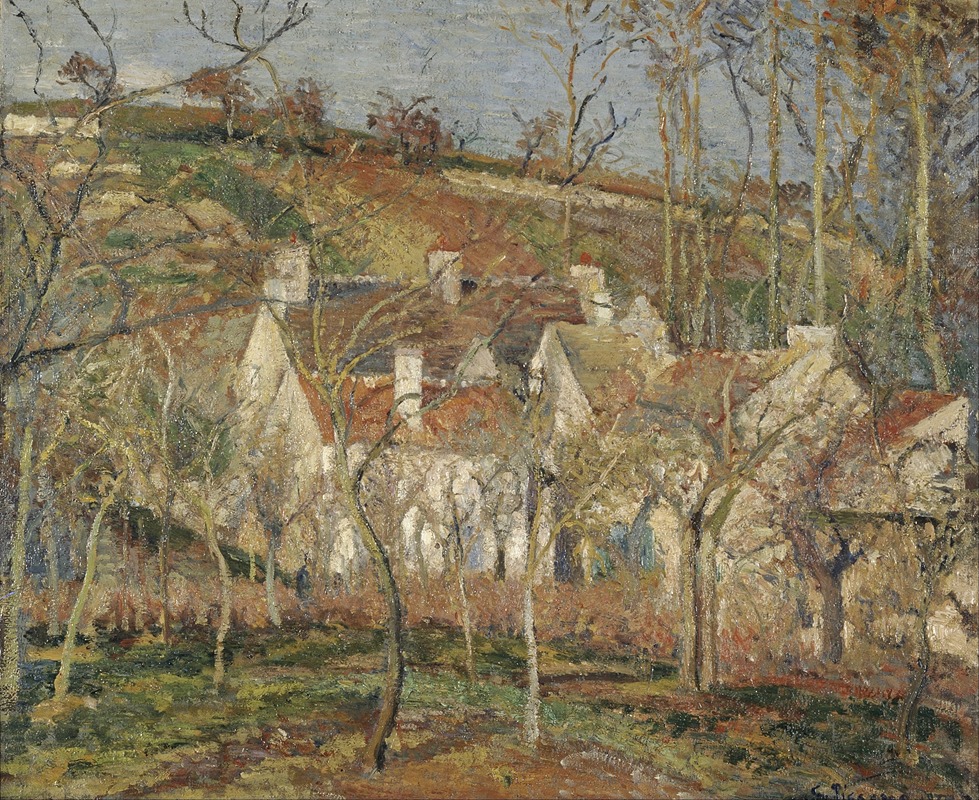
Red roofs, corner of a village, winter
A hand-painted replica of Camille Pissarro’s masterpiece Red roofs, corner of a village, winter, meticulously crafted by professional artists to capture the true essence of the original. Each piece is created with museum-quality canvas and rare mineral pigments, carefully painted by experienced artists with delicate brushstrokes and rich, layered colors to perfectly recreate the texture of the original artwork. Unlike machine-printed reproductions, this hand-painted version brings the painting to life, infused with the artist’s emotions and skill in every stroke. Whether for personal collection or home decoration, it instantly elevates the artistic atmosphere of any space.
"Red Roofs, Corner of a Village, Winter" is an oil painting created by the renowned French artist Camille Pissarro in 1877. Pissarro, a pivotal figure in the Impressionist movement, is celebrated for his landscapes and rural scenes that capture the essence of the French countryside. This particular painting exemplifies his masterful use of color and light to depict the serene beauty of a rural village during the winter season.
The painting measures 54.3 cm by 65.4 cm and is part of the collection at the Musée d'Orsay in Paris, France. It showcases Pissarro's distinctive style, characterized by loose brushwork and a focus on the effects of light and atmosphere. In "Red Roofs, Corner of a Village, Winter," Pissarro employs a palette dominated by cool blues and whites to convey the chill of winter, contrasted with the warm reds of the village roofs, which serve as the focal point of the composition.
Pissarro's choice of subject matter reflects his deep connection to rural life and his interest in capturing the changing seasons. The painting depicts a quiet corner of a village, with snow-covered fields and trees surrounding the red-roofed houses. The composition is carefully balanced, with the diagonal lines of the roofs leading the viewer's eye through the scene, creating a sense of depth and perspective.
As a leading figure in the Impressionist movement, Pissarro was known for his innovative approach to painting en plein air, or outdoors, which allowed him to observe and capture the natural light and atmosphere of his surroundings. This technique is evident in "Red Roofs, Corner of a Village, Winter," where the play of light on the snow and the subtle variations in color and tone create a vivid and realistic portrayal of a winter day.
Pissarro's work was influential in the development of Impressionism, and he was a mentor to several other prominent artists, including Paul Cézanne and Paul Gauguin. His commitment to depicting everyday scenes and his focus on the effects of light and color were central to the Impressionist ethos, which sought to capture the fleeting moments of modern life.
"Red Roofs, Corner of a Village, Winter" is a testament to Pissarro's skill as a painter and his ability to convey the quiet beauty of rural landscapes. The painting invites viewers to appreciate the simple, yet profound, beauty of a winter's day in the countryside, as seen through the eyes of one of the most important artists of the 19th century.
In summary, Camille Pissarro's "Red Roofs, Corner of a Village, Winter" is a quintessential example of Impressionist art, showcasing the artist's mastery of color, light, and composition. It remains a celebrated piece within the Musée d'Orsay's collection, offering insight into Pissarro's artistic vision and his enduring legacy in the world of art.





